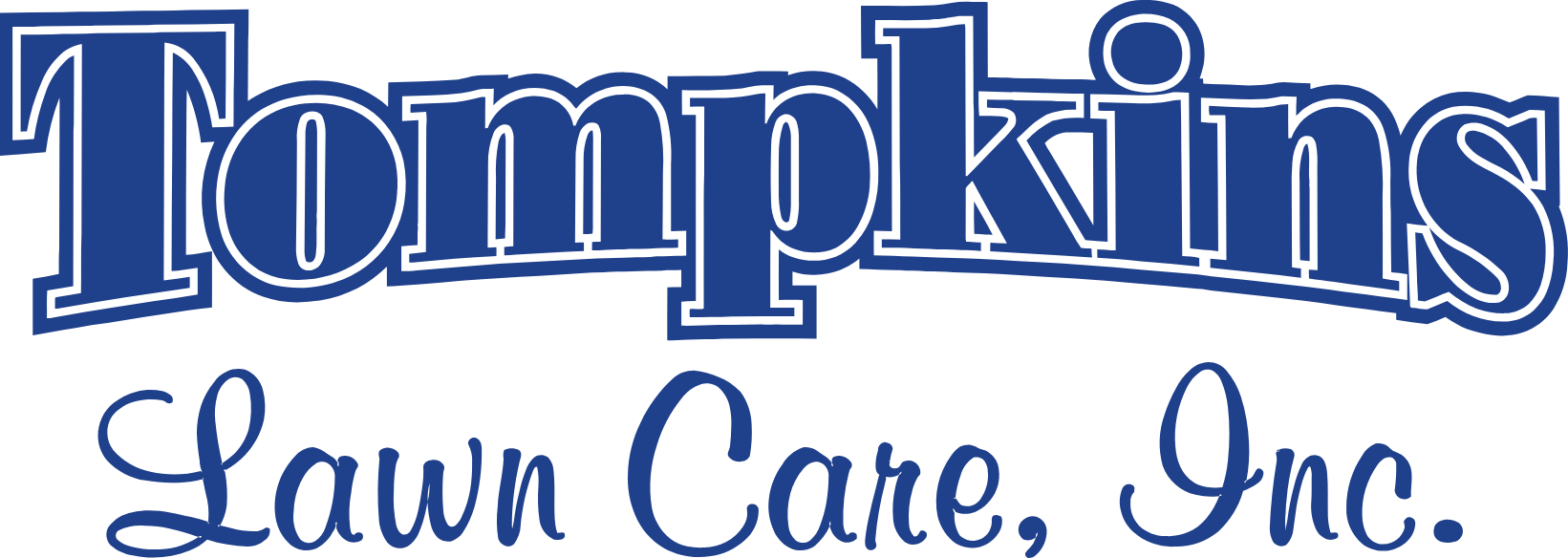1 minute read
Don’t seed it, FEED it…
Thin spots in the home lawn are easily identified and garner the attention of well-intentioned homeowners who simply do what they think is right, many times mirroring a neighbor’s activity or continuing bad habits passed down from others. While many missteps are the result of good intentions, often, attempts to make things better will actually cause additional problems, added expense, lost time and increased use of chemical pesticides.
REMEMBER THE BASICS
The basics of turfgrass management are generally simple concepts. In fact, most of us learn these lessons in elementary school. Remember planting sunflower seeds in dixie cups? We learn early what a miracle nature is, a dry seed placed into fertile soil and with the right amount of water and sunlight and life is renewed. While seeds are miracles and incredibly important for establishing turfgrass, seeding to correct problems should be met with much consideration and with an understanding of the plant, its growth cycle, growing conditions and the climate; past, present, and future.
In the Midwest, turfgrass management is affected by our ever-changing seasons. Soil conditions are the foundation to dictate the overall level of difficulty, but our climate is the next significant variable. The growing season is divided into four parts, practically two growing seasons (spring and fall) separated by two dormant seasons (summer and winter). While summer may not always cause dormancy, the poor soil quality widespread across 99% of new home lawns, plus the use of Kentucky Bluegrass will cause at least some difficulty. While a period of significant summer conditions may be as little as two or three weeks, winter dormancy is for a period of up to five months. During this period, lawns are subject to cycles of freeze and thaw and ice and snow. The longer the period of dormancy the more damage will be noticed. Add to this, foot traffic from pets and children playing, damage from snow removal and ice melters, snow piles, drifts and other conditions may not overtly cause significant damage but due to the prolonged period, to turfgrass, it’s a death by one thousand cuts.
BE PATIENT
As the winter season ends, spring fever infects us all and we can’t wait for warmer weather. With HGTV on repeat, we have grand ideas of outdoor improvements and perhaps plans to host the neighborhood barbeque. The excitement of possibility is often snuffed out when the snow melts away, leaving matted down, brown grass with bare spots, scrapes, scratches, snow mold and/or remnants of critters who took temporary residence under piles of snow. Overwhelmingly, the first reaction of homeowners is to rush out and apply seed. Thinking that in just 10 – 14 days all their problems will be resolved, so it’s back to the garage for a cold drink and prideful reflection on a job well done.
It’s easy to understand how this action is born of good intention. The reality is, most people simply throw seed on the surface, without a chance of germination. A great majority of grass seed on the surface will either wash away, be eaten by birds or will simply rot. Some may apply some effort and prepare the soil with seed properly planted, mixed with soil, raked smooth and may even mulch over the seed to offer some protection from drying out. The reality is, even if the seed germinates, it’s only the first step to a series of steps required (including fertilizers) to encourage the seedling to grow into established turfgrass. While preparation/seeding can be controlled, climate conditions and growth cycles of competing weeds cannot and it’s these conditions that create additional problems, often complete failure.
MOTHER NATURE, ON A MISSION
Spring is the season for renewal and Mother Nature has one singular goal; to grow anything and everything with effort to protect the soil from erosion. To this end, soil is impregnated with weed seeds and by design, any exposed, fertile soil will grow weeds in the first half of the season. Even under the best circumstances and with much effort to do everything right, there will be additional pressure from weeds. Pre-emergent herbicides used to prevent annual weeds like crabgrass and foxtail cannot be used because they will also prevent germination of planted grass seed. It is difficult to establish grass seed well enough by the time there is pressure from annual weeds. Crabgrass is too evasive and if allowed to start, crabgrass will quickly choke out and overtake stands of new seedlings and even existing, mature turfgrass. This not only causes additional complications and expense of added pesticide use, but will often require additional seeding in the fall, when it’s most successful.
DON’T BE “THAT GUY”
A better management practice, requiring less effort, less expense and less chemical inputs, would be to fertilize or “feed” the lawn. Fertilizer will stimulate growth in an existing plant within days while it takes many weeks for seedlings to grow. I often see people seeding thin areas or small spots in the early spring and while this may give them exercise, it’s not as effective as they think. Much seed is sold to those who think their effort and expense is the sole reason the lawn “filled in”. Usually, the lawn simply looks better because the soil has warmed enough to signal growth. Despite a general thinning and minor damage resulting from months of dormancy, the root system below is much less affected, new shoots will spread as the soil warms and the lawn will thicken; without seed. Be patient for this process and refrain from disturbing the soil, encouraging weeds that will require additional herbicides. If the lawn is fertilized, aerated and otherwise well managed, the turfgrass will thicken before crabgrass emerges and as such, less pre-emergence herbicide is required as well.
Another reason why we suggest to feed it instead of seed it; the summer season. Even if a spring seeding is successful, after all the expense, hard work and arguably more chemicals, the grass seedlings are at best teenagers. The grass may look mature and take abuse from mowing and other traffic but what’s missing is an established root system. The extreme heat and dryness of summer is usually enough to kill or severely affect the seed, often requiring additional overseeding in the fall season. It’s one reason why “that guy” always seeding his lawn is always seeding his lawn.
We recommend patience… Remember also, companies simply need to sell things. Association is marketing 101 and with commercials of seed flying from spreaders, usually over well established, thick green lawns, they want you to think it’s the seed when really, it’s the FEED.

